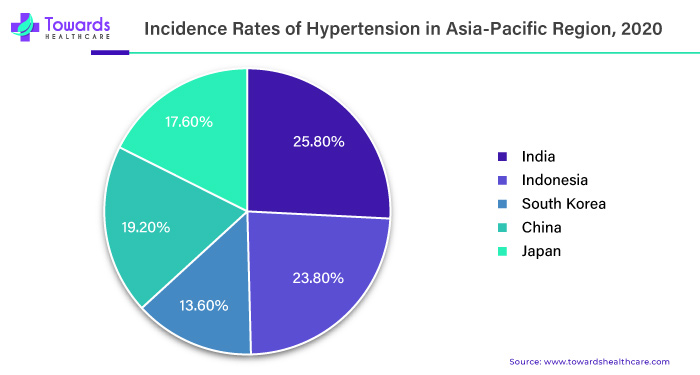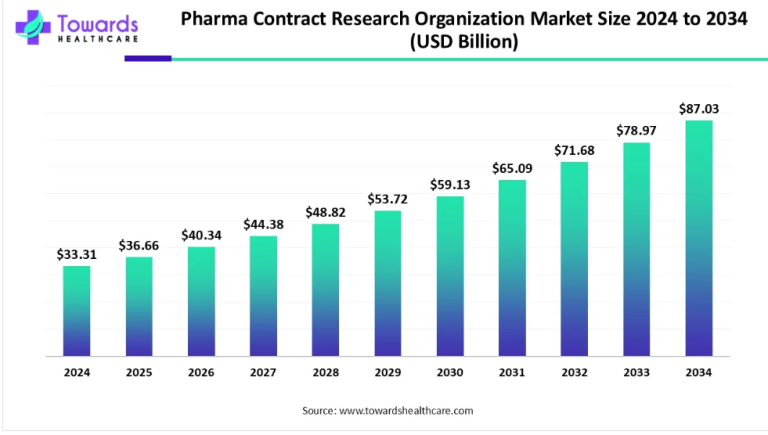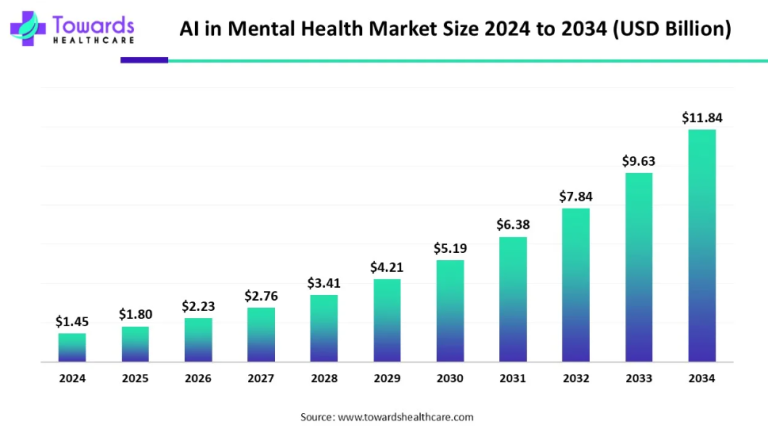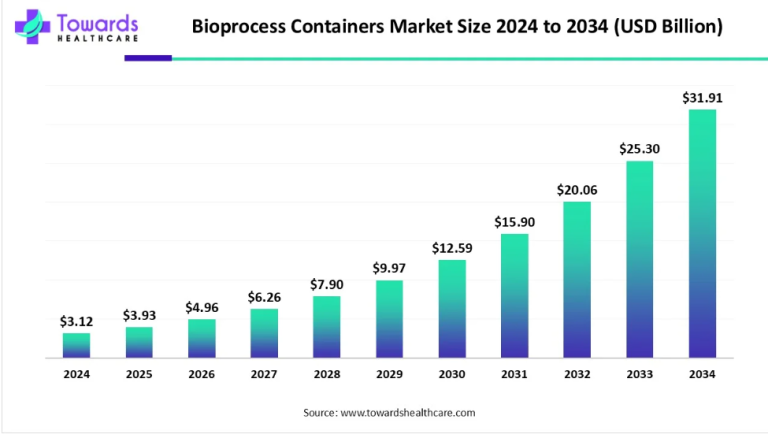
Digital twins, a concept stemming from the convergence of advanced technologies like the Internet of Things (IoT), big data, and artificial intelligence (AI), are poised to revolutionize the landscape of medicine and health monitoring. This article explores the profound implications of digital twins in healthcare, focusing on their potential to enhance precision medicine, improve patient outcomes, and optimize healthcare resource management.
For any queries, feel free to talk with us @ https://www.towardshealthcare.com/personalized-scope/5095
The Emergence of Digital Twins in Medicine
Digital twins represent virtual replicas of physical objects or systems, enabling real-time monitoring, analysis, and optimization. In the realm of medicine, digital twins hold immense promise for revolutionizing healthcare delivery by providing personalized and precise treatment strategies.
Precision Medicine Enabled by Digital Twins
The core concept of precision medicine revolves around tailoring medical treatment to individual characteristics, including genetic makeup, lifestyle, and environmental factors. Digital twins serve as a cornerstone in realizing precision medicine by creating high-fidelity models of patients, allowing healthcare practitioners to simulate various treatment scenarios and predict outcomes with unprecedented accuracy.
Leveraging IoT for Comprehensive Health Monitoring
The Internet of Things (IoT) plays a pivotal role in the implementation of digital twins in healthcare by enabling the seamless integration of diverse data sources, including wearable devices, medical sensors, and electronic health records. These interconnected devices facilitate real-time data collection, empowering healthcare providers to monitor patients’ health status continuously and intervene proactively when necessary.
Applications of Digital Twins in Chronic Disease Management
Chronic diseases, characterized by their prolonged duration and complex nature, present significant challenges to healthcare systems worldwide. Digital twins offer a novel approach to managing chronic conditions, particularly among the elderly population.
Real-Time Monitoring and Early Intervention
By leveraging digital twin technology, healthcare providers can create personalized models of patients with chronic diseases, enabling continuous monitoring of vital signs, medication adherence, and disease progression. Real-time data analysis allows for early detection of abnormalities and timely intervention, thereby reducing the risk of complications and improving patient outcomes.
Personalized Treatment Strategies
Digital twins facilitate the customization of treatment plans based on individual patient characteristics and response to therapy. Through sophisticated algorithms and machine learning algorithms, healthcare providers can optimize medication dosages, predict treatment efficacy, and minimize adverse effects, ultimately leading to more effective and personalized care for patients with chronic diseases.
Transformative Impact of Digital Twins on Hospital Management
Hospitals are embracing digital twins to streamline operations, enhance efficiency, and improve patient care across various departments.
Resource Optimization and Operational Efficiency
Digital twins enable hospitals to optimize resource allocation, predict equipment failures, and streamline workflow processes, resulting in reduced costs and improved operational efficiency. By analyzing data from diverse sources, including patient records, staffing schedules, and medical equipment usage, hospitals can identify bottlenecks, implement targeted interventions, and enhance overall productivity.
Enhanced Training and Education
Digital twins provide valuable educational tools for training medical staff and enhancing clinical skills. By simulating realistic medical scenarios and patient interactions, digital twins help healthcare professionals develop critical decision-making abilities, improve diagnostic accuracy, and stay abreast of the latest medical advancements. Additionally, virtual simulations enable medical students to practice complex procedures in a safe and controlled environment, ultimately improving patient safety and treatment outcomes.
Future Outlook and Market Trends
The global market for digital twins in healthcare is poised for exponential growth, driven by increasing investments in research and development, technological advancements, and rising demand for personalized healthcare solutions.
Opportunities in Health Monitoring and Disease Prevention
As digital twin technology continues to evolve, opportunities abound for leveraging real-time health monitoring and predictive analytics to prevent diseases and promote overall well-being. By harnessing data from wearable devices, genetic testing, and lifestyle factors, healthcare providers can identify individuals at high risk for developing chronic conditions and implement targeted interventions to mitigate risk factors and improve health outcomes.
Expansion of Digital Twin Adoption in Healthcare
With the growing recognition of the transformative impact of digital twins on healthcare delivery, adoption rates are expected to surge across various healthcare settings, including hospitals, clinics, and home care environments. As healthcare providers increasingly prioritize patient-centric care and value-based outcomes, digital twins will play a central role in driving innovation, improving efficiency, and delivering personalized healthcare services.
Digital twins represent a paradigm shift in the field of medicine and health monitoring, offering unprecedented opportunities for personalized treatment, chronic disease management, and hospital optimization. As technology continues to advance and healthcare delivery models evolve, the widespread adoption of digital twins holds the promise of ushering in a new era of precision medicine, enhanced patient outcomes, and more efficient healthcare systems.
Take smart decision to own our advanced study @ https://www.towardshealthcare.com/price/5095
Access our Premium Real Time Data Intelligence Tool, Visit: www.precedencestatistics.com
Read More Snapshots of the Study:



